
Mar 29, 2024 | Energy Efficiency
Earth Day is almost here, so we’re sharing some simple ways to save energy and money. From preparing your home for warmer weather to delicious recipes that use less energy, we’ve got you covered. Here are some things you and your family can do to save while having fun!
Unplug and reconnect
Here are some creative games that will get you and your family off their screens and into a sustainable mindset. You’ll find some enjoyable diversions while saving electricity by unplugging your devices.
Get a strike: Glow stick bowling is a great activity for the whole family! Find some empty water bottles, fill them with water, and pop in activated glow sticks. Then all you need is a soccer or other ball for a fun nighttime activity that will get glowing reviews from everybody.
Fold a plane: Ready to take flight? This flight school game will test kids’ skills at folding paper airplanes. For this easy DIY game, all you’ll need is some paper, a poster board and a desire to fly!
Perfect your toss: Laundry basket Skee-Ball is a great way to unwind together.
Green your cooking routine
Electric stoves and ovens use a lot of energy and can also heat up your kitchen. By choosing other appetizing options, you can save a lot of energy—and money. Check out these energy-saving alternatives.
Isn’t it time you had a classic burger? It’s a good idea to get out of the kitchen with these great grilling recipes.
Mmmmm. Low-and-slow chicken chili: Slow cookers can mean fast energy savings. Check out these slow cooker recipes.
We think you’ll love the no-bake cheesecake: No-bake options can be a great alternative. Here are some no-bake recipes to consider.
Energy-efficient spring cleaning
We all know that decluttering and cleaning can make our lives run more efficiently. Making these simple fixes can help save money and energy.
DIY filters: Replacing your air filters to ensure that your HVAC system runs efficiently is a great spring DIY project. It’s also a great time to call one of our Energy Advisors for a free virtual home assessment to make sure you’re saving money all year round.
Cold water clean: Heating the water when you do laundry takes energy. Find a detergent that will get your clothes just as clean in cold water. And save energy by washing full loads instead of partial ones.
We’ll haul away that fridge: Old refrigerators can consume a lot of energy. Receive $50 for your old fridge or freezer. And learn about our $50 rebate on new ENERGY STAR® refrigerators.
Spring into action
Spring is here, and summer’s not far behind. Make the most of the season and prepare your home for warmer weather with these easy, energy-saving actions you can do to make a big difference on your energy bills.
Keep it tight: Stop energy leakage by weatherstripping and caulking around doors and windows. Sealing air leaks could save you up to $150 in total energy costs.
Switch and save: Adjust the rotation of your ceiling fan to move counterclockwise. Using your ceiling fan lets you increase your thermostat setting by 4°F with no impact on your comfort. You can also pick up an ENERGY STAR ceiling fan that’s up to 60% more energy efficient.
Cover up: Open your shades or curtains on cool but sunny days to let in warmth and light. Close them when it gets too hot or to prevent drafts at night.
A greener backyard
Your sustainable routines don’t have to be limited to your home. There are great opportunities to increase your energy efficiency right outside your back window. From lighting to landscaping, here’s how to enjoy your green space.
A windbreak for your home: To battle those cold and windy Pennsylvania nights, consider a windbreak of evergreens and shrubs. When mature, ensure your landscape windbreak height is tall enough to properly protect your home with foliage that also extends to the ground.
Solar solutions: Solar lights are the perfect complement to any backyard vibe you’re going for. Not only will they not increase your energy costs, but they’re also not tied down by any outside outlet. Patio umbrellas with solar-powered lights are a great, energy-efficient lighting solution.
Cool it off: Shading your home with trees can save you up to $75 annually and cool surrounding air temperatures by up to 9°F. And shading your A/C unit with landscaping can increase its efficiency by 10%.
These are just some of the many ways you can green your routine to save energy and money. You’ll find a host of other energy-saving ideas, products and programs at SaveWithPPL.com.
We want to help you spend less on energy so you can spend more on what matters most.

Feb 8, 2024 | Energy Efficiency
Holidays can sometimes call for spending, but they can also mean saving. This Valentine’s Day, and throughout the month, help those you care about be more comfortable while saving on energy costs with these simple home improvements and actions.

Date night
#1 Get prepped. Assemble all your ingredients and do all your chopping and prepping before you turn on your electric cooking appliances.
#2 Take it slow. Make someone special in your life a slow-cooked meal like this slow-cooker chicken teriyaki. Slow cookers are more energy efficient than making a meal in the oven.
#3 And don’t forget the ambient lighting. Skip the overhead lighting and add some LED candles to your decor for the evening. You’ll save energy while adding a warm glow.

Family night
#4 Get comfortable. Plan for energy-efficient comfort all evening long by adjusting ceiling fans to run clockwise, circulating warm air from the ceiling. That will allow you to lower your thermostat a few degrees. And don’t use kitchen exhaust fans or vents for more than 20 minutes. They pull cold air from outside.
#5 Stream efficiently. Stream your favorite movies or shows through your digital media player rather than your gaming console and use volume-leveling to make sure that loud commercials don’t interrupt your family time.
#6 Get crafty. Create tasty valentines for the whole family with this no-bake, valentine-heart fudge recipe.

Night out
#7 Get smart. Enjoy energy-efficient nights out all year long by installing a smart thermostat with a $50 rebate. A smart thermostat will save energy while you’re out and have the house warm and cozy again by the time you’re back home.
There’s money hiding in your home, and a few simple changes can help you find it! Learn more about these and other ways you can save with PPL.
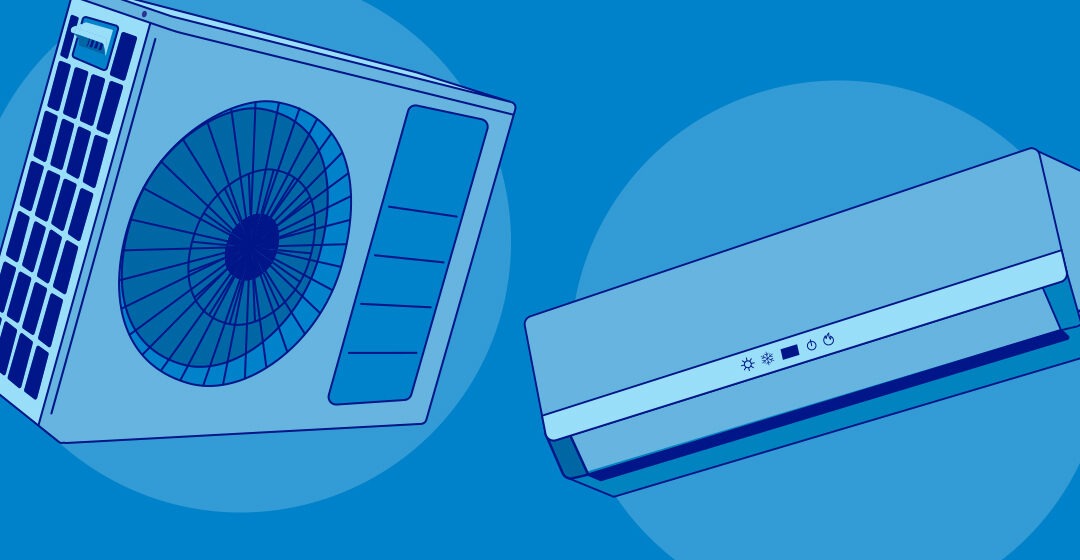
Jan 10, 2024 | Energy Efficiency
Eighty-three percent of our customers who took the October home energy efficiency quiz correctly answered that heating and cooling is the single largest use of energy in a home. Your HVAC system is critical to your home’s comfort and a big part of your annual energy costs, so it’s a good idea to have a replacement in mind before you need a new system.
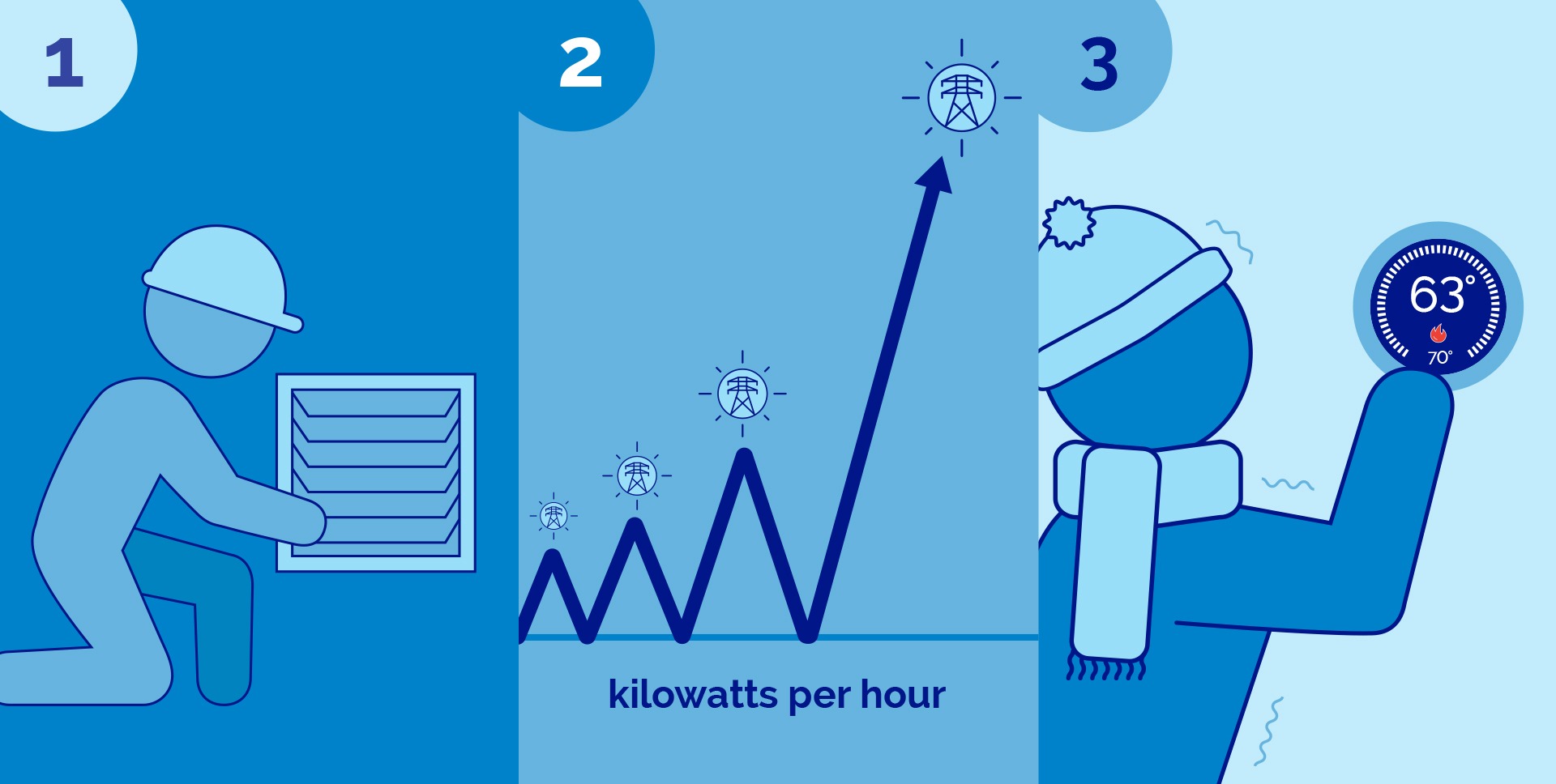
Three signs that your HVAC system may need to be replaced:
- It’s more than 15 years old or needs frequent repairs.
- Your energy usage is going up without any other household changes.
- Your HVAC system struggles to meet thermostat setpoints.
Luckily, there’s an energy-efficient option: heat pumps. Heat pumps can keep your home comfortably warm during the winter months, but they can also keep you cool in the summer—while reducing your electricity use for heating by around 65% compared to electric furnaces or baseboard heaters.
And when the time comes to make a change, you can take advantage of special incentives to upgrade your system.
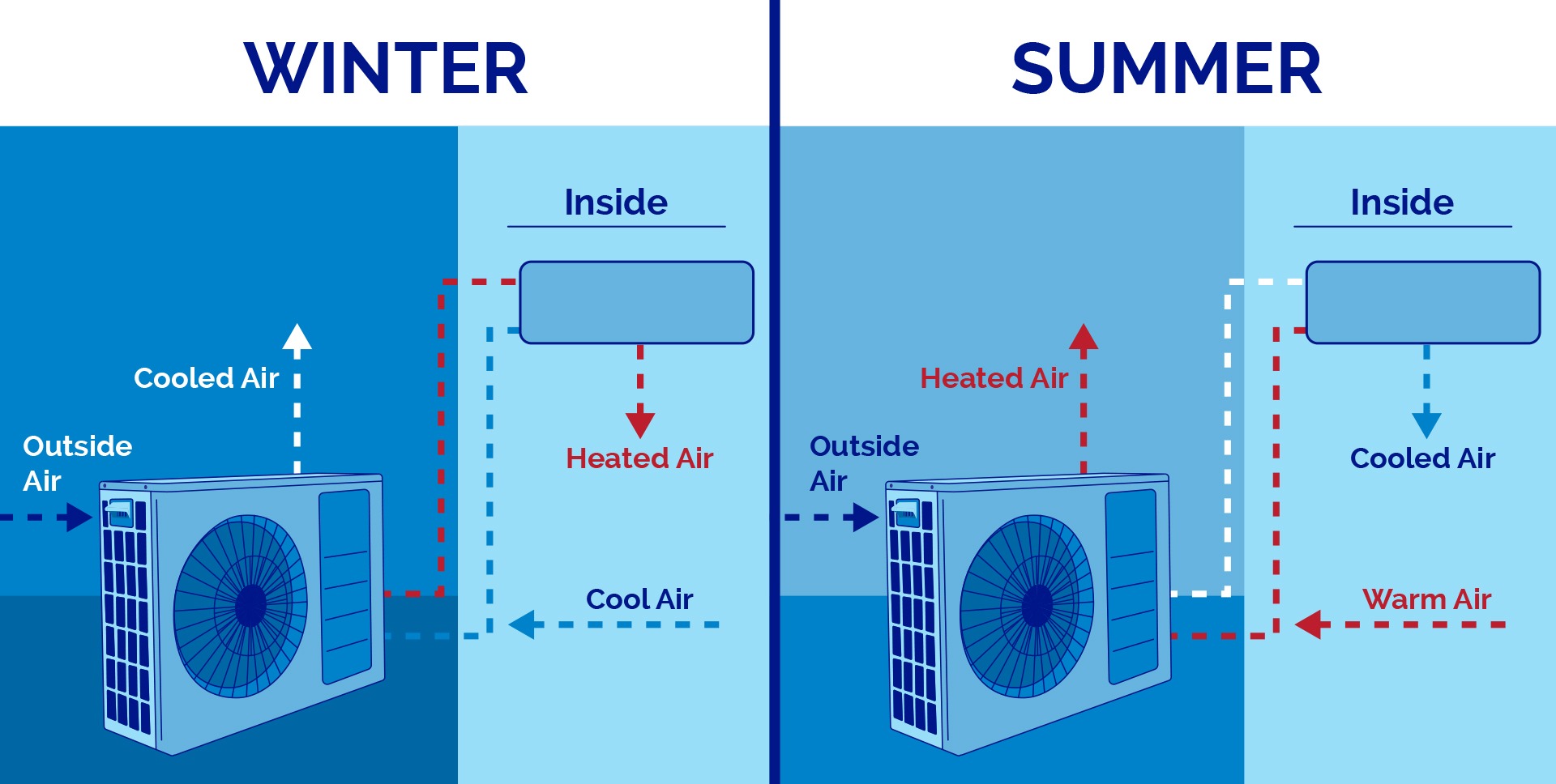
How do heat pumps work?
In winter, heat pumps extract heat from the outside air and transfer it into your home. Even when it’s very cold outside, there is still heat energy in the air that heat pumps extract to warm your home.
In summer, they work like a standard air conditioner by absorbing unwanted heat in the air inside your home and transferring it to the air outside.
To calculate how much you might save by switching to a heat pump, go to the ENERGY STAR® page here, and click on “Calculate Your Savings.”
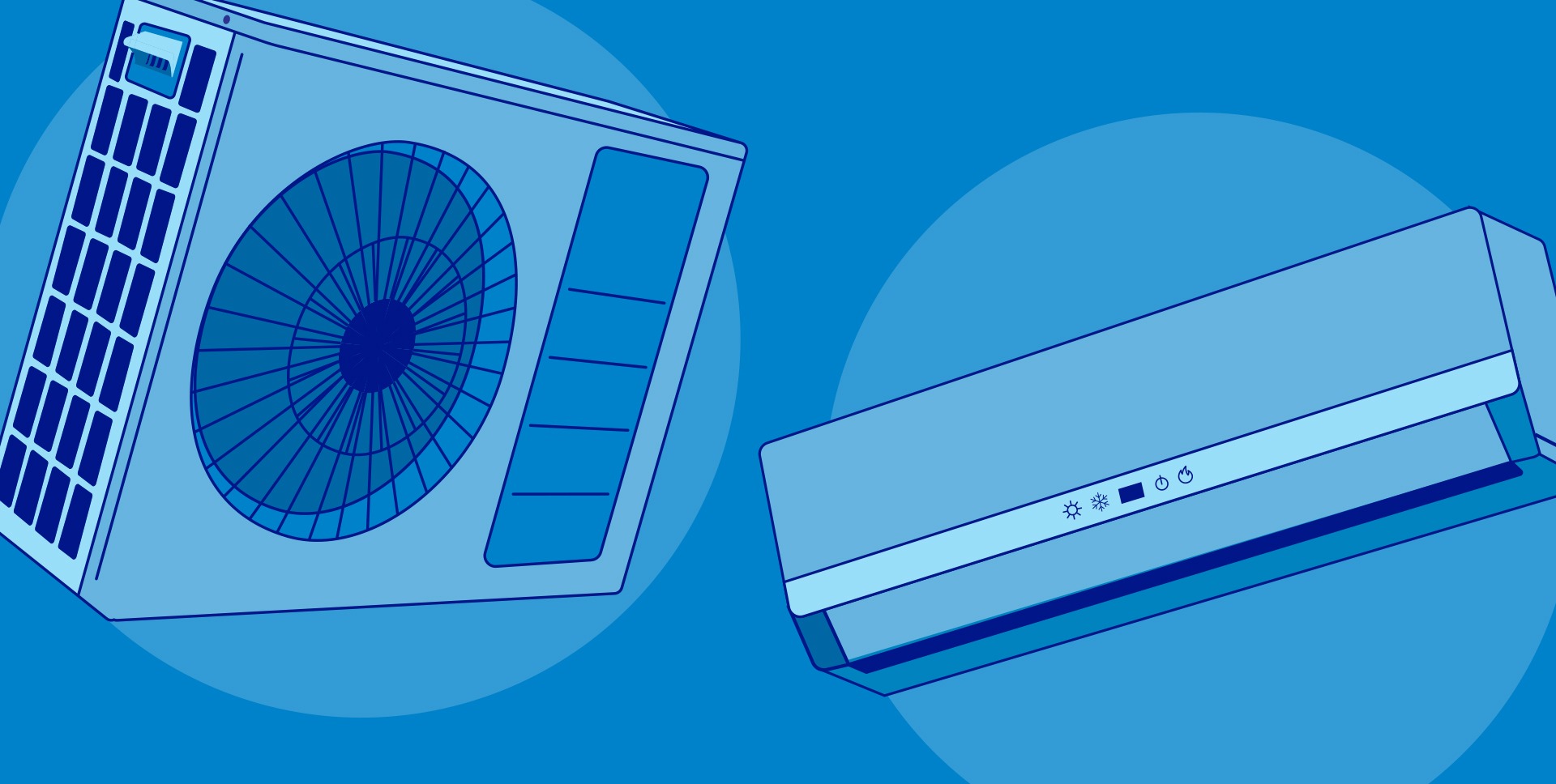
Image: Left to right – Ducted heat pump and ductless heat pump
Types of heat pump systems
Ducted air source
These heat pumps use your home’s existing ductwork. During the summer months, they serve as central air conditioners and lower cooling costs. In winter, they supply more efficient heat and cost less to operate than conventional furnaces, boilers or electric resistance heat.
Ductless
Often referred to as a “mini split,” a ductless heat pump is a good alternative to replace a window cooling unit as well as radiators or baseboard heating. They can be an excellent solution for older homes and additions or outbuildings that do not have existing ductwork.
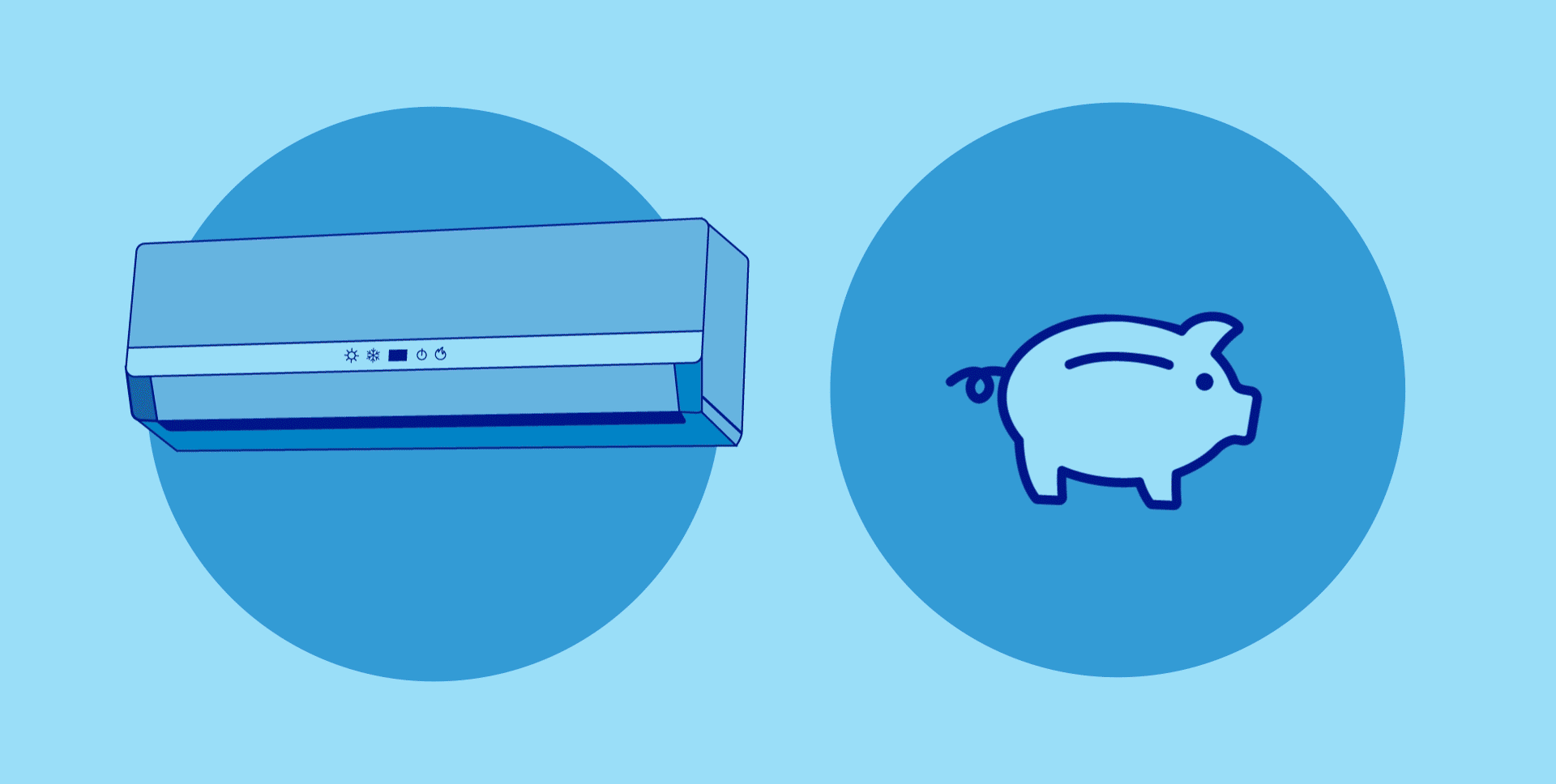
We make the decision easier with special incentives!
We offer a rebate of up to $450 for air-source heat pump systems and $400 per outdoor unit for ductless mini-split systems.
Plus, heat pumps with a thermal efficiency rating of 75% or more qualify for a federal tax credit of up to $2,000 per year. You may also be able to include installation labor in your cost calculation. Learn more here.
There’s money hiding in your home, and a few simple changes can help you find it! Learn more about these and other ways you can Save with PPL.

Dec 11, 2023 | Energy Efficiency
Do you know the only category of energy use that’s increasing in homes? In our energy quiz last month, 63% of our customers correctly answered that appliances and devices use around 21% of a home’s energy each year. And device use is rapidly rising.
Each year, energy for electronic devices costs an average of $191 for every U.S. household, according to the Consumer Technology Association. So why not start saving this year? Whether you’re hoping to give or receive an electronic device or just looking for ways to decrease electronics use in your own home, here’s an easy guide for how to save energy and money.

TVs:
Review your TV’s brightness settings
Use your TV’s default brightness setting. On some TVs, this may be called the ABC, or Automatic Brightness Control.
Power off when not in use or use a smart power strip
Plugging your TV and components into a smart power strip can prevent energy waste when the system is not powered on. You can buy one at a discounted price on our Online Marketplace.
Buy ENERGY STAR®
If you’re purchasing a TV, look for the ENERGY STAR label and remember that smaller screens save energy. Find out how to choose the optimal screen size in the “buying guide” section here.

Speakers and Sound Bars:
Turn down the sound
It saves energy and prevents damage to your hearing. Or use volume-leveling technology that adjusts the volume for you between shows and commercials. To ensure that volume leveling is on, follow the directions included with your speakers or given on the manufacturer website.
Use sound bars instead of powered speakers
Sound bars use less energy than multi-speaker surround systems and can offer the same three-dimensional sound effect.

Computers:
Adjust sleep settings
You can save $10–$100 every year by activating the sleep settings on your computer, according to ENERGY STAR. Here’s how to activate these settings on your model.
Don’t use screen savers
Despite common belief, screen savers don’t save energy. In fact, screen savers often continue to draw power from the monitor and can even keep the CPU from shutting down.
Go smaller for bigger savings
Smaller devices tend to be the most energy efficient, so pick a smaller device to do a task when possible. Desktop computers use more energy than laptops or notebooks, while notebooks and laptops use more energy than tablets.

Games:
Shut down when you’re finished
Many computer games continue to run even when you’re doing something else, and don’t allow the computer to go to sleep even if the game is paused.
Keep up with updates
New software updates can reduce the energy use of a gaming console.
Don’t use your gaming console to stream media
Digital media players, also known as streaming devices, use 15 times less energy than gaming consoles.
There’s money hiding in your home, and a few simple changes can help you find it! Learn more about these and other ways you can Save with PPL.

Nov 14, 2023 | Energy Efficiency
The holiday season is here. Whether you’re planning to host a gathering, prepare a celebratory meal or decorate your home, we have some easy ways to save energy and money during the festive season. Wishing you very happy holidays!

Click on the card to expand it
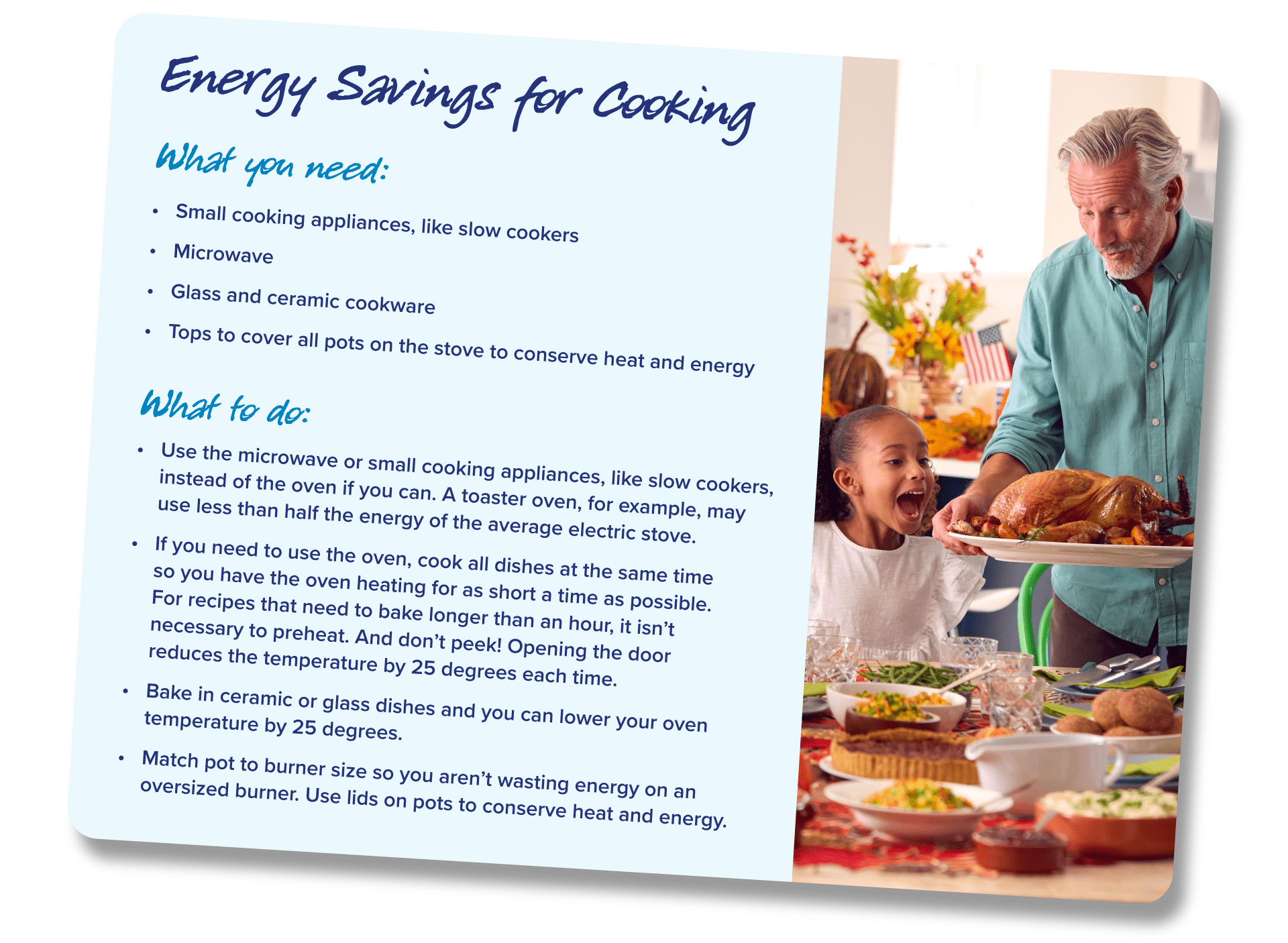
Click on the card to expand it
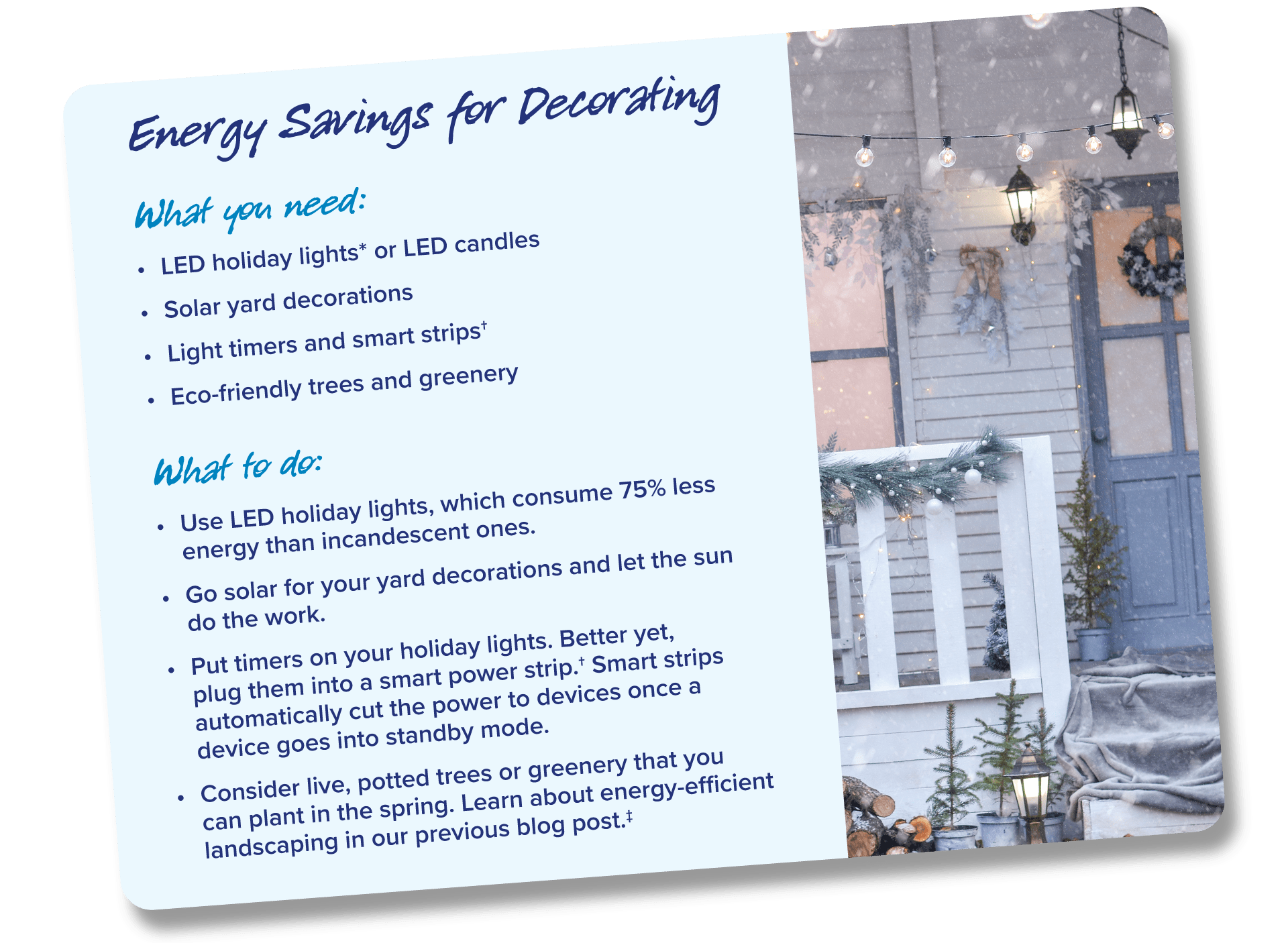
Click on the card to expand it
Extra Links:
*For more tips on how to add shine to your decorating, see our 2022 blog on decorating for the holidays.
† Get your smart power strip and more at our Online Marketplace.
‡Learn about energy-efficient landscaping here.
________________
There’s money hiding in your home, and few simple changes can help you find it! Learn more about these and other ways you can Save with PPL.



















